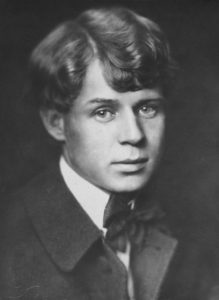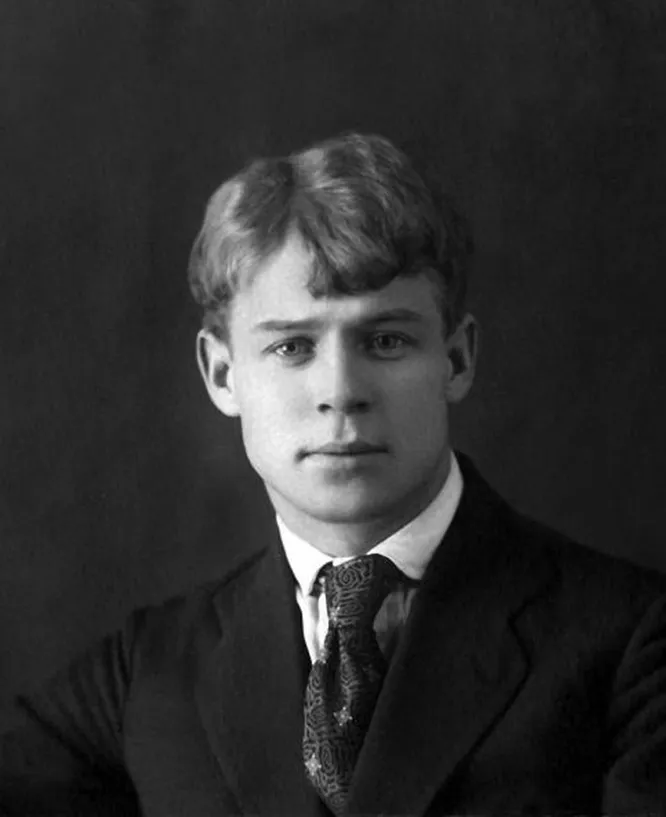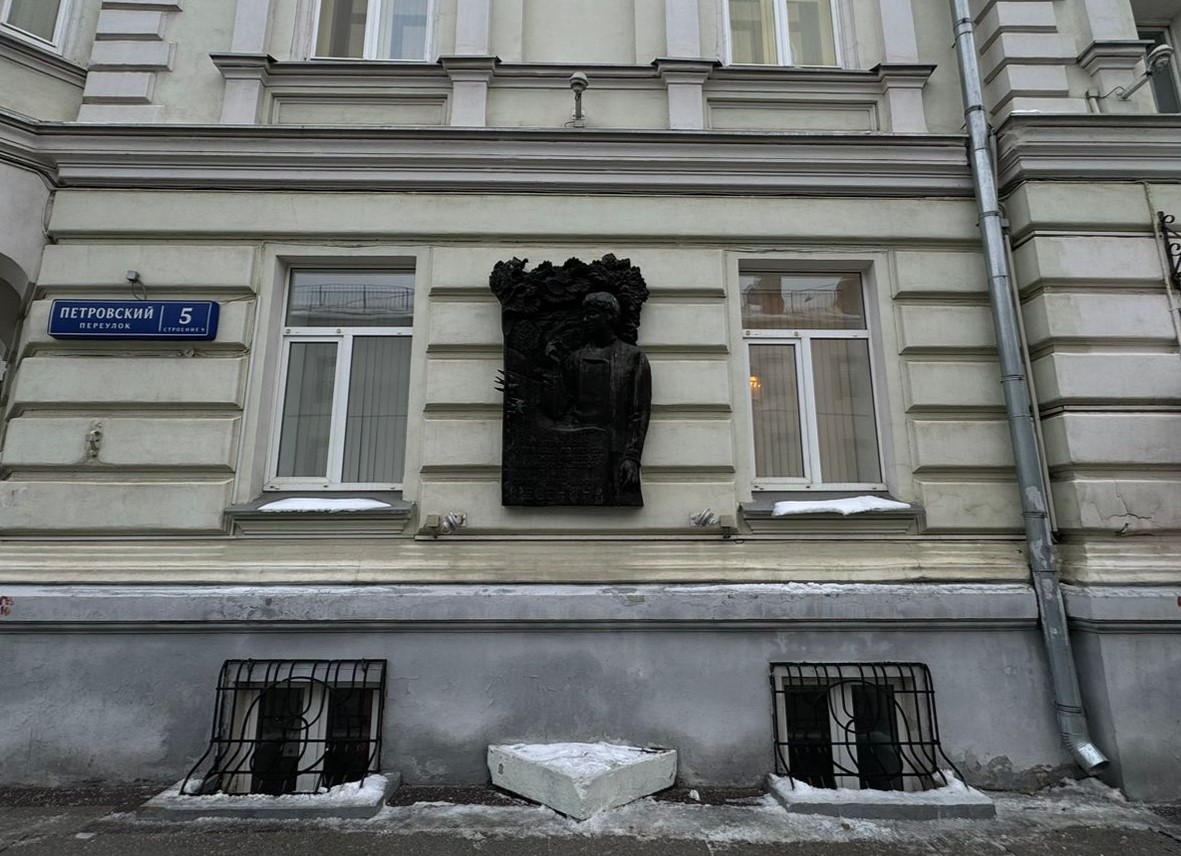Sergey Alexandrovich
Yesenin
1895-1925

Sergey Yesenin was a prominent Russian poet and a representative of Imagism in literature. His poems reflected various themes throughout his career, including social democratic ideas, revolutionary imagery, the image of the homeland, rural life and nature, love, and the search for happiness. He was born on September 3 (October 21), 1895, in the village of Konstantinovo in the Ryazan Governorate. Yesenin came from a peasant background. He received his education at the local Zemstvo school (1904-1909) and parish school (until 1912), and later entered Shanyavsky City National University in Moscow in 1913. His first poems were published in 1914, and he actively participated in literary circles in Petrograd, reading his work to other poets such as Alexander Blok. Yesenin gained attention as part of the Novokrestyansky Poets group. Since 1914, Yesenin’s work had been published in children’s magazines, where he wrote poems for young readers. His creative career includes works such as the poems “The Orphan” (1914) and “The Beggar” (1915), as well as the novel “Yar” (1916) and the later work “The Tale of the Shepherd Boy Petya…” (1925). These works are filled with emotion and vivid imagery, embodying the poet’s love for the peasant world and his desire to share these feelings with the younger generation. During this time, Yesenin gained real popularity, becoming a prominent figure in the literary scene. He was invited to poetry readings and literary events, attracting the attention of a wider audience. His poems were seen as an expression of a deep connection with the Russian soul and life, but despite his success, some critics criticized the overly praising nature of the reactions to his work. Maxim Gorky, in particular, noted that the city greeted Yesenin with the same enthusiasm as a glutton would greet strawberries in January. His poems began to receive excessive and insincere praise, as hypocritical and envious people know how to flatter. From 1918 to 1920, Yesenin was fond of imagism, a literary movement that emphasized vivid and accurate imagery and the emotional depth of poetry, in contrast to more traditional styles. During this time, new collections of poems appeared, such as “Confessions of a Bully” (1921), “Three Stars” (1921), “Poems of a Brawler” (1923), and “Moscow Cabatskaya” (1924). These works demonstrated the poet’s shift to a more provocative and experimental style, reflecting an inner conflict and protest against socialist reality. The poetry of this period is characterized by a unique tension, where both the poet’s personal suffering and feelings about social and political changes in Russia are felt. Yesenin’s work during this time reflected the cultural and ideological divide that Russia experienced in the early 1920s, when old and new values clashed. A memorial plaque has been installed in Moscow in honour of the great poet.
Address: Moscow, Petrovsky lane, 5, p. 9

